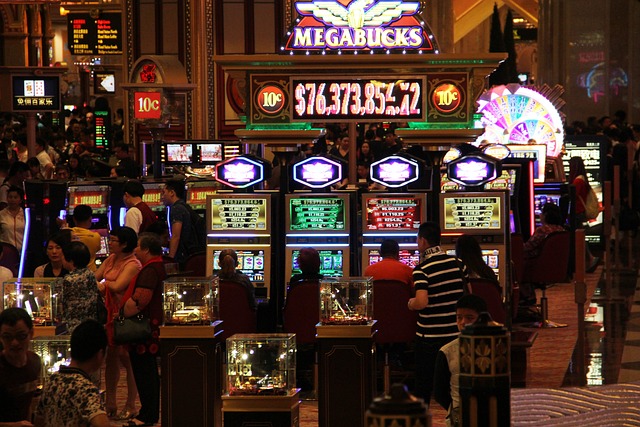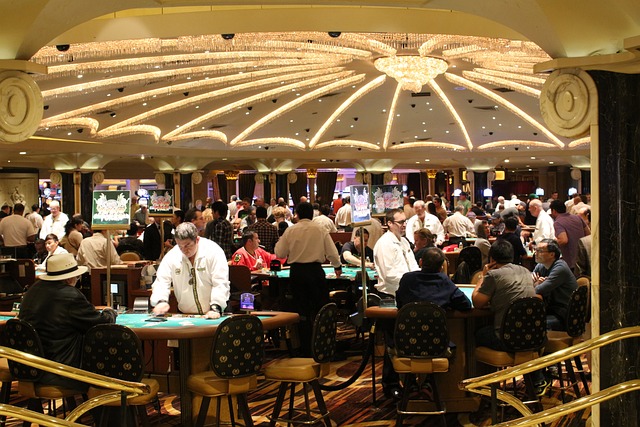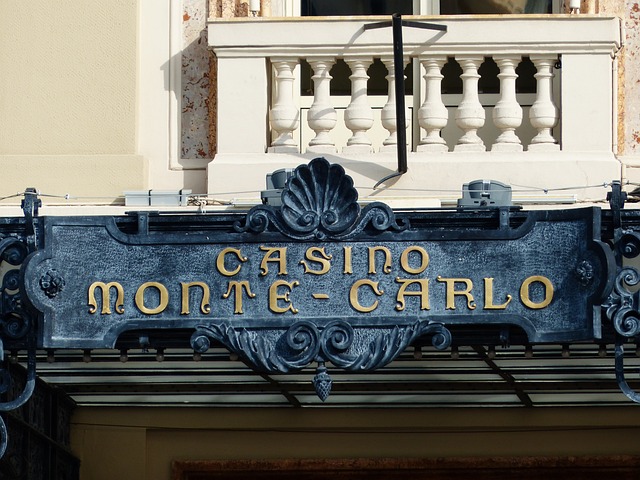In the heyday of Elizabethan theatre, stages were resounding with more than just jokes: they were arenas of wit and chance, where passions for drama and betting merged in a lively ballet of intertwined destinies. While today it offers a virtual stage for online betting, in the tumultuous 1600s, London’s theatres were theatres of real chance, pulsating with life.
The Globe Theatre: A Crossroads of Fate and Dice
Opened in 1599, Shakespeare’s Globe Theatre was not only a beating heart of drama, but also a vibrant gambling laboratory. Here, between the shadows and the spotlights, spectators did not simply watch passively; they placed bold bets on the success of the plays, on who would steal the show, or even on how many lines an actor would forget under the weight of emotion. This game of prediction added an extra layer of excitement to the theatrical experience, making each evening a living gamble.
Actors as Gamblers: Risk Behind the Scenes

But it was not just the audience that indulged in the thrill of gambling. Behind the curtain, Elizabethan actors were themselves daring gamblers, betting on their ability to capture the attention and admiration of the audience. It is said that bets were common on the number of applause or the size of the audience, with actors turning each appearance into a silent duel with fate, trying to outdo not only their colleagues but also expectations themselves.
The challenge of poets: duels of verses and bets
In addition to betting on the outcome of performances, another intriguing game existed within the walls of Elizabethan theatres: duels of verses. Poets and playwrights, including Shakespeare himself, often engaged in competitions of poetic improvisation, with the audience betting on the winner. These verbal clashes, full of wit and linguistic mastery, not only entertained the crowd but also offered a palpable demonstration of the creative abilities of the artists. These duels, in addition to being a form of spectacle, were a theater of intellectual bets, where prestige was as much at stake as money.
Laws and Limits: Taming Chaos

As the popularity of theatre grew, Elizabethan authorities began to look with concern at these pursuits. In 1603, restrictions were introduced to try to curb gambling in theatres, which were seen as potential hotbeds of disorder and moral decay. These laws aimed to impose limits on betting, confining it to sums that were considered ‘modest’. However, the creativity and ingenuity of gamblers often found new ways around the restrictions, perpetuating a game of cat and mouse with the authorities.
The Elizabethan theatre, then, was much more than a place of high culture; it was a microcosm of life lived intensely, where every performance was intertwined with risk and uncertainty. The passions for drama and gambling blended together in an intricate waltz of emotions, demonstrating that art and gambling can be two sides of the same coin, both capable of exploring and expressing the complex facets of the human soul.
